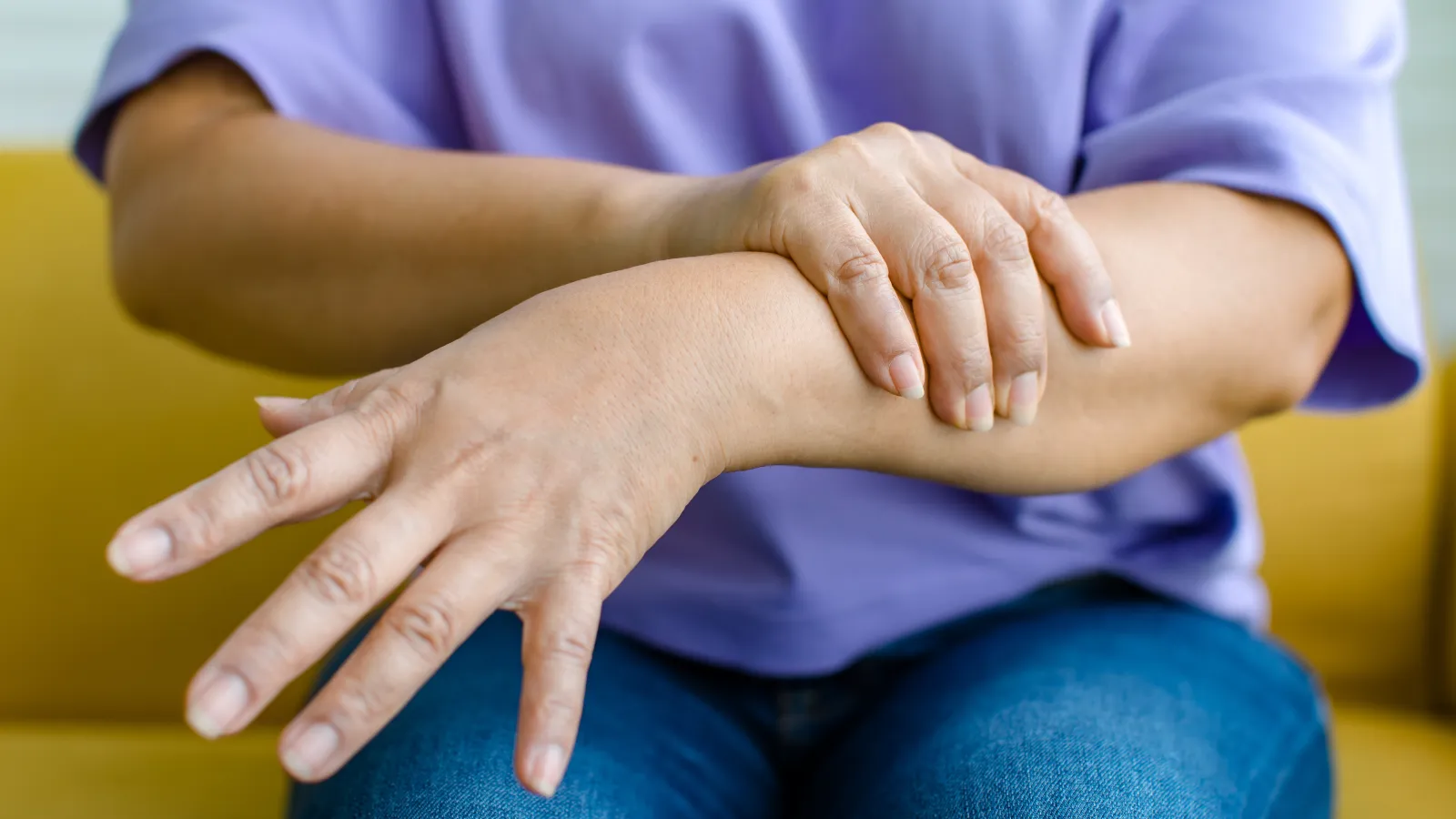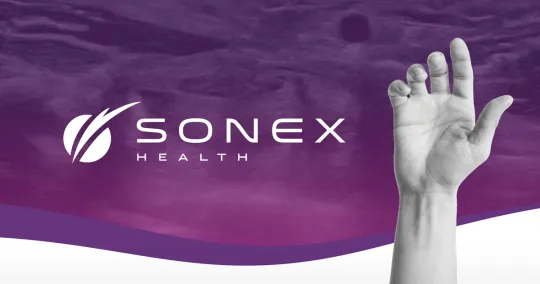
Carpal Tunnel Screening
with Victor Marwin, MD, MBA
Do you suffer from carpal tunnel syndrome or trigger finger?
Don’t wait any longer!
Advantages of carpal tunnel release with UltraGuideCTR™ and real-time ultrasound guidance include:
- Most patients can return to normal activity in 3 to 6 days
- Performed in a procedure room or office setting
- Can be performed using local anesthesia
- Small wrist incision typically closed without sutures
- Reduce or eliminate need for opioids
- Postoperative therapy typically not required
- Immediate motion in the hand for rapid recovery
Come to our patient educational seminar and receive a complimentary ultrasound scan!
*We are now enrolling in a clinical registry evaluating the effectiveness of a minimally carpal tunnel release with real-time ultrasound guidance (CTR-US) using the FDA-cleared device, UltraGuideCTR™. If you qualify for the clinical registry, you will be paid up to $600 to share your experiences at 7 follow-up time points after the procedure. See below for further details!*

NEXT SCREENING
WHEN & WHERE
Tuesday, September 9th @ 6PM
Bluegrass Orthopaedics
3401 Yorkshire Medical Park
Lexington, KY 40509

RSVP
Spots Are Limited!
We are now enrolling in a clinical registry evaluating the effectiveness of a minimally invasive carpal tunnel release with real-time ultrasound guidance (CTR-US) using the FDA-cleared device, UltraGuideCTR™.
What is a clinical registry?
A clinical registry is a database that collects information about your health and the care you receive as a patient. The data in the clinical registry comes from information you provide about your care before and after your procedure and is added to information on other patients who are similar to you. It is then used to help improve the quality of your care as well as the care of other patients, now and in the future. In this clinical registry, the research is evaluating the long-term effectiveness
of CTR-US.
Who can join the clinical registry?
- You are ≥18 years of age
- You have a clinical diagnosis of carpal tunnel syndrome in one or both hands
- Your symptoms have not improved with other treatment options including activity modification, bracing, splinting or injections
- Your physician considers you a surgical candidate
- You agree to complete periodic follow-up questionnaires over a 2-year period
- You have a valid smartphone number and/or email address to receive and answer follow-up questionnaires
Who is conducting this clinical registry?
- This clinical registry is led by a physician (principal investigator) and includes physicians from a number of clinical sites across the United States
- This clinical trial is sponsored by Sonex Health, Inc. under an IRB-approved study number 1360397 and ClinicalTrials.gov Identifier NCT06071468
How does this clinical registry work?
- Your physician will evaluate and discuss with you whether surgery is indicated to help the problem
- If surgery is indicated, your physician will discuss whether you are eligible for this registry
- A series of tests and questionnaires will be given to you to verify if you meet the criteria to be a part of the registry. This is called screening and will be done before you qualify to receive treatment as a part of the registry
- If you qualify to be in the registry, you will be scheduled for CTR-US
What type of follow-up is required?
If you decide to join and qualify for this clinical
registry, you will be expected to complete online
follow-up questionnaires through a secure website
at 1-7 days, 2 weeks, and 1, 3, 6, 12, and 24 months after the procedure.
Will I be paid to join the clinical registry?
If you qualify for the clinical registry, you will be paid up to $600 to share your experiences at 7 follow-up time points after the procedure.
How is CTR-US different from other
carpal tunnel release techniques?
Carpal tunnel release surgical procedures have been performed for almost 100 years. Over time, procedures and technology have improved to help reduce the invasiveness of these traditional surgical procedures. Today, several techniques are utilized, including traditional open, mini-open, endoscopic, and ultrasound-guided. Incision sizes and locations may vary, but the goal of each technique is to relieve pressure on the nerve by dividing the transverse carpal ligament.
- CTR-US uses a minimally invasive technique in which a small incision is made in the wrist and the physician sees the carpal tunnel anatomy through ultrasound
- CTR-US is typically performed under local anesthesia
Am I required to be in the clinical registry?
No. Your participation is completely voluntary. If you enroll in the clinical registry, you can still leave the registry at any time without having to provide a reason.
How long will I be in the clinical registry?
You will be expected to complete online follow-up questionnaires through a secure website at
1-7 days, 2 weeks, and 1, 3, 6, 12 and 24 months
after the procedure.